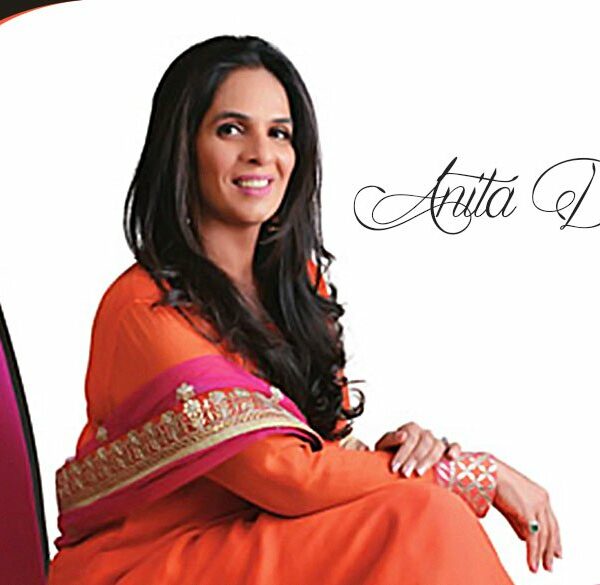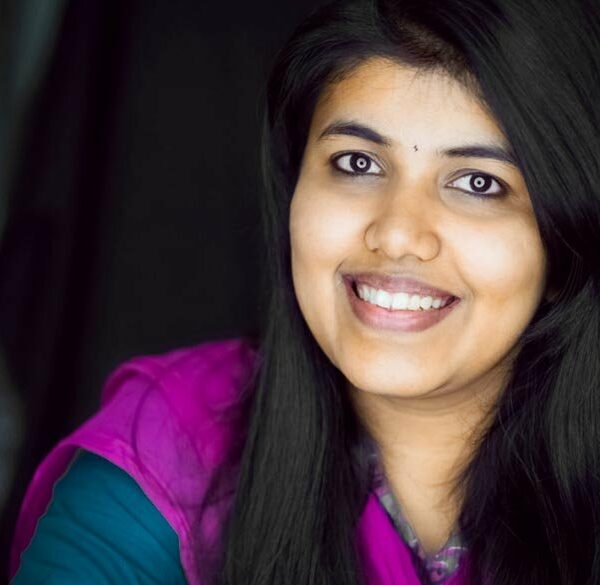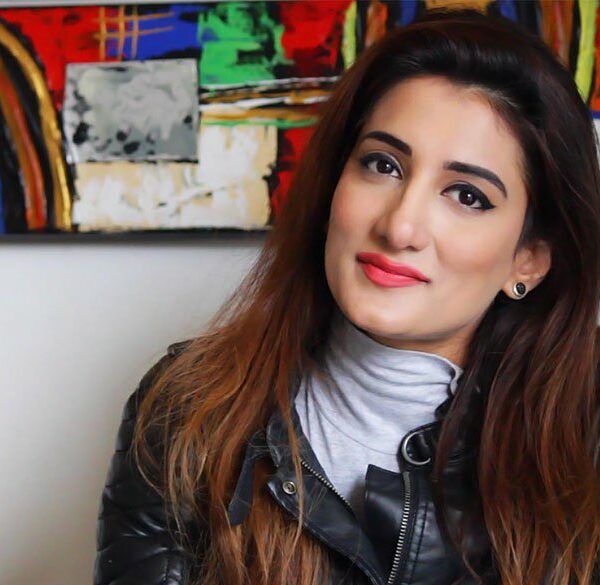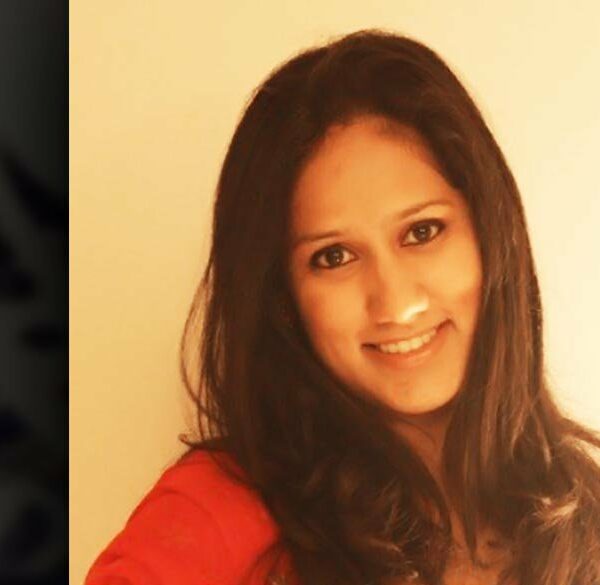“Art washes away from the soul the dust of everyday life”- Pablo Picasso.
This encapsulates the essence of expressive arts therapy, a powerful tool for addressing mental health issues.
The focus on mental health has gained significant traction in recent years, with psychotherapy rightfully taking its place in the spotlight, particularly in urban areas. Social media, a powerful tool in our hands, has played a pivotal role in normalizing the idea of seeking professional help for personal growth and well-being. The once-taboo topic, particularly among Indian parents, is gradually becoming more accepted.
While one gets a range of options for professional assistance, for those who may feel uncomfortable opening up or verbally communicating their issues, expressive arts therapy offers a warm and inclusive space for availing help creatively and soulfully.
Expressive Arts Therapy encompasses a range of treatments, including theater therapy, dance movement psychotherapy, body psychotherapy, music therapy, drawing, painting and craft therapy, etc. It utilizes artistic methods to address mental illnesses and enhance mental well-being, emphasizing therapeutic practices. However, the benefits of expressive arts therapy extend beyond mental health.
Engaging in creative activities can also promote self-discovery, personal growth, and a sense of fulfillment. Expressive Arts therapy employs integrative approaches to engage the soul, body, and mind in ways that verbal communication alone may not achieve. It is increasingly becoming a choice for many because of its holistic, person-centered approach that addresses emotional, spiritual, and social needs alongside clinical requirements.
Let’s take a journey back to a time when art was the language of the soul, a canvas for self-expression, healing, and communication. Imagine ancient civilizations, their vibrant cultures pulsating with the rhythms of creativity! While these ancient folks instinctively knew the power of art, it was in the 1940s that the formal concept of art therapy emerged, a fascinating turning point in the history of mental health care.
Picture a group of keen-eyed physicians observing patients with mental illness pouring their hearts onto canvases, sculpting their emotions into clay, and weaving their stories through intricate patterns. It was a lightbulb moment! “Eureka!” they would exclaim, “Art could be the key to unlocking the healing potential within!”
Different Types of Expressive Arts Therapy Techniques
Since then, patients have embraced art therapy in various forms worldwide. It offers a unique range of communication modes that go beyond the limitations of language. These are different kinds of Expressive Arts Therapies practiced around the world.
1. Dance Therapy:
Imagine a world where your body becomes the ultimate canvas, and movement is your brush. In dance therapy, you’ll be swept up in a whirlwind of expression, where every twirl, leap, and sway tells a story as unique as your soul.
Whether gliding across the floor or losing yourself in the rhythm, dance becomes a liberating language that transcends words and frees your inner dancer to take center stage.
2. Drama Therapy:
Step into the spotlight, where the stage is your playground, and every emotion plays a role. In drama therapy, you’ll discover that life is the greatest performance, and you’re the star.
Through improvisation, scriptwriting, and character exploration, you’ll unlock the power to confront your inner monologues, rewrite your narratives, and embrace the cathartic release of embodying different personas. Brace yourself for a standing ovation from the audience within.
3. Music Therapy:
Close your eyes and let the melodies wash over you, each note a brushstroke on the canvas of your mind. In music therapy, you’ll find yourself immersed in a symphony of self-discovery, where the rhythms become your heartbeat, and the lyrics speak the language of your soul.
Whether you’re strumming a guitar, pounding on drums, or letting your voice soar, music becomes a conduit for healing, a harmonious journey towards understanding the songs that make you, you.
4. Writing Therapy:
Prepare to embark on a literary adventure, where the pen becomes your compass, and the blank page is your map to self-exploration. In writing therapy, you’ll learn to navigate the uncharted territories of your thoughts and emotions, putting them into words that flow like rivers of insight.
From poetry to prose, journaling to storytelling, each stroke of your pen will be a step towards unlocking the depths of your inner world, one captivating sentence at a time.
In the studio, expressive art therapists don their capes as mental wellness guides, crafting tailored sessions with the finesse of seasoned artists. They are there to support and guide you on your journey of self-discovery and healing.
But the adventure doesn’t stop there! Imagine entire communities transformed into bustling hubs of creativity, where a group of people come together to share stories and create art that speaks volumes… It’s a symphony of self-esteem boosts and connections, all fueled by artistic expression’s power.
Expressive Arts therapy has been seen helping with dealing with mental health issues like eating disorders, ADHD, autism, and Schizophrenia. Researchers, like intrepid explorers, are uncovering the secrets of art therapy’s impact on conditions ranging from depression to dementia. Its influence also extends to the everyday struggles of anxiety, offering a beacon of hope for wellness seekers everywhere while building a sense of empowerment.
So, grab your paintbrush (or whatever tool or skill that sparks your imagination!) and join the colorful revolution led by expressive art therapists. With each stroke, they weave tales of insight, relief, and empowerment, creating masterpieces of healing and joy. After all, every moment is a stroke of genius in the world of expressive arts therapy!













